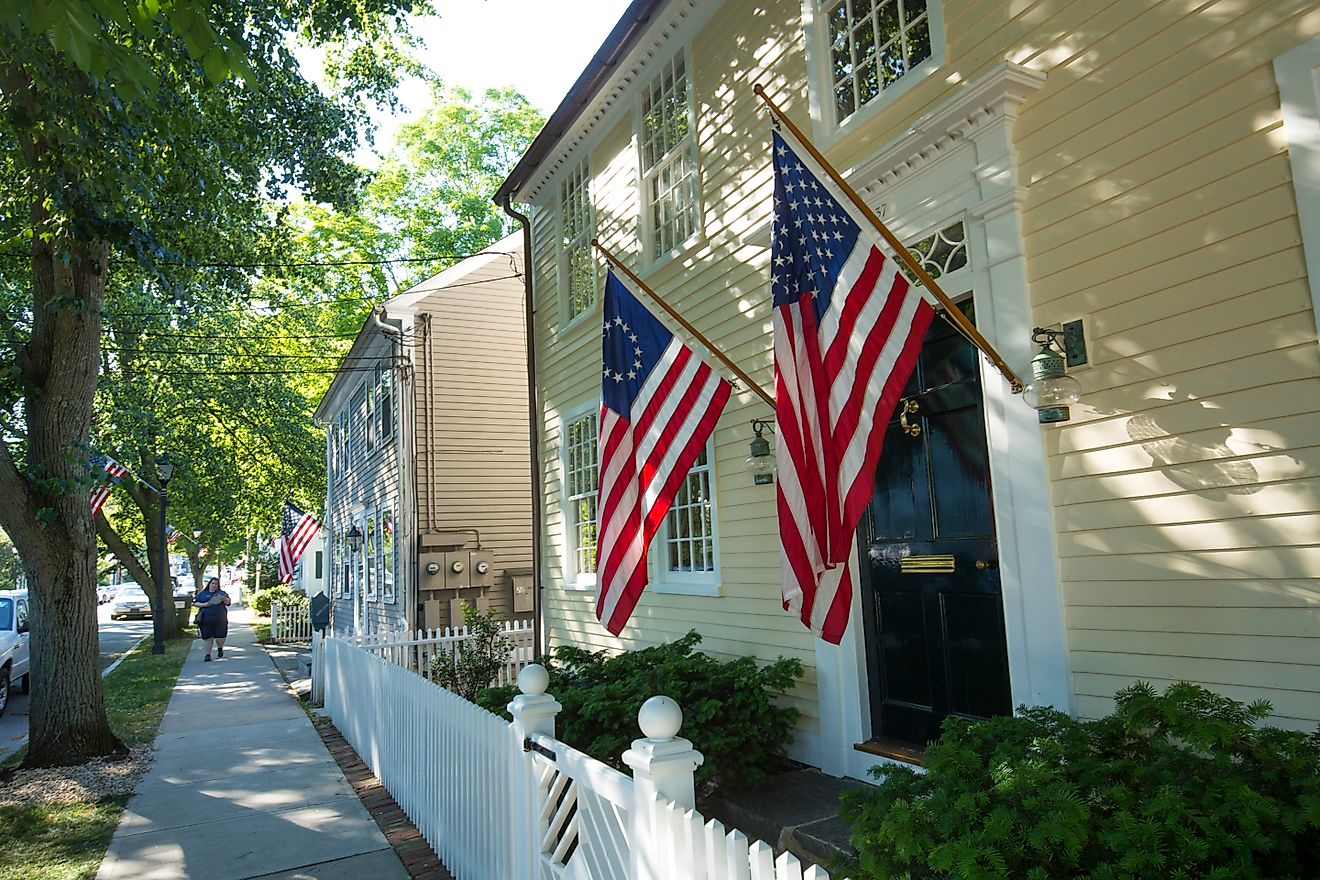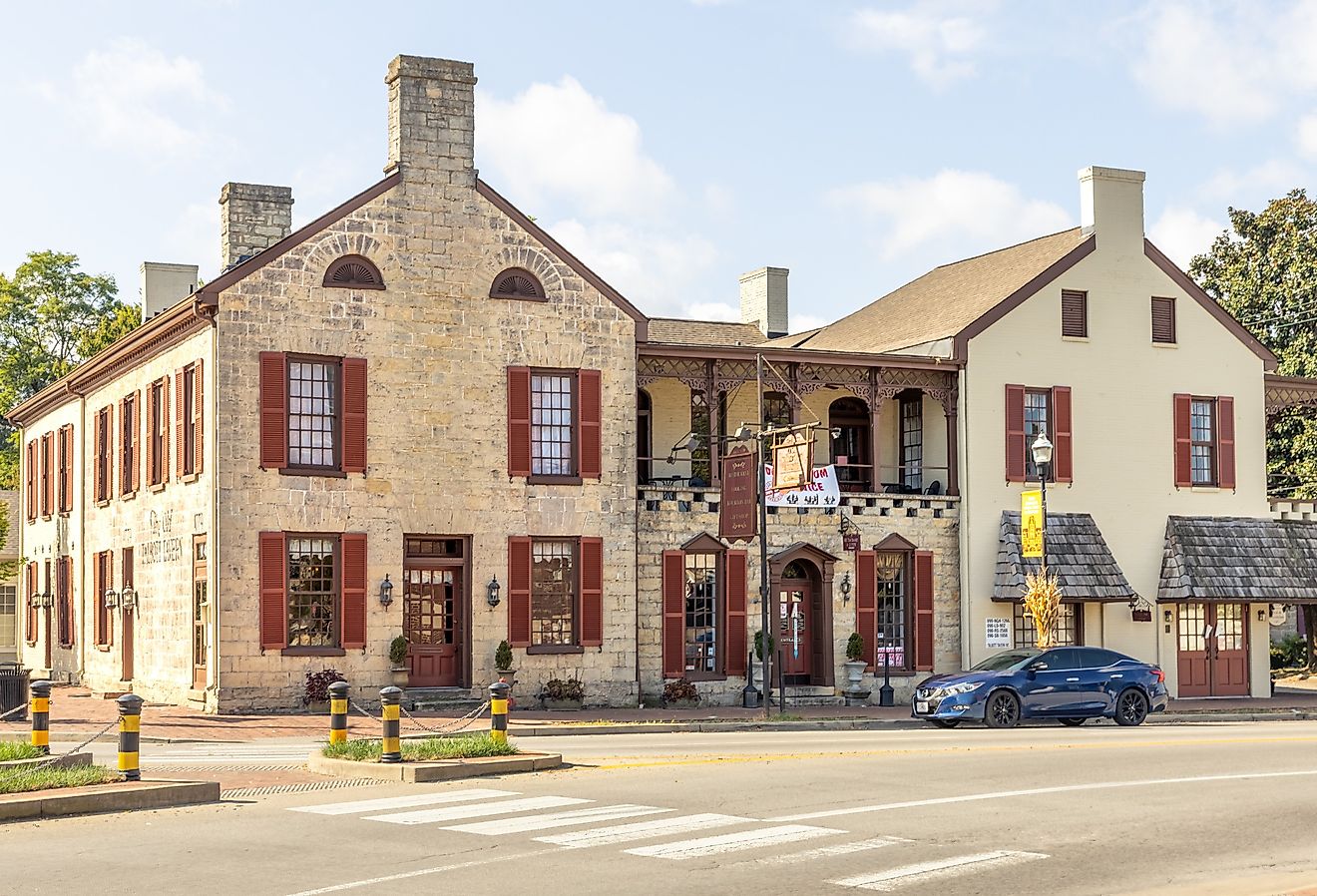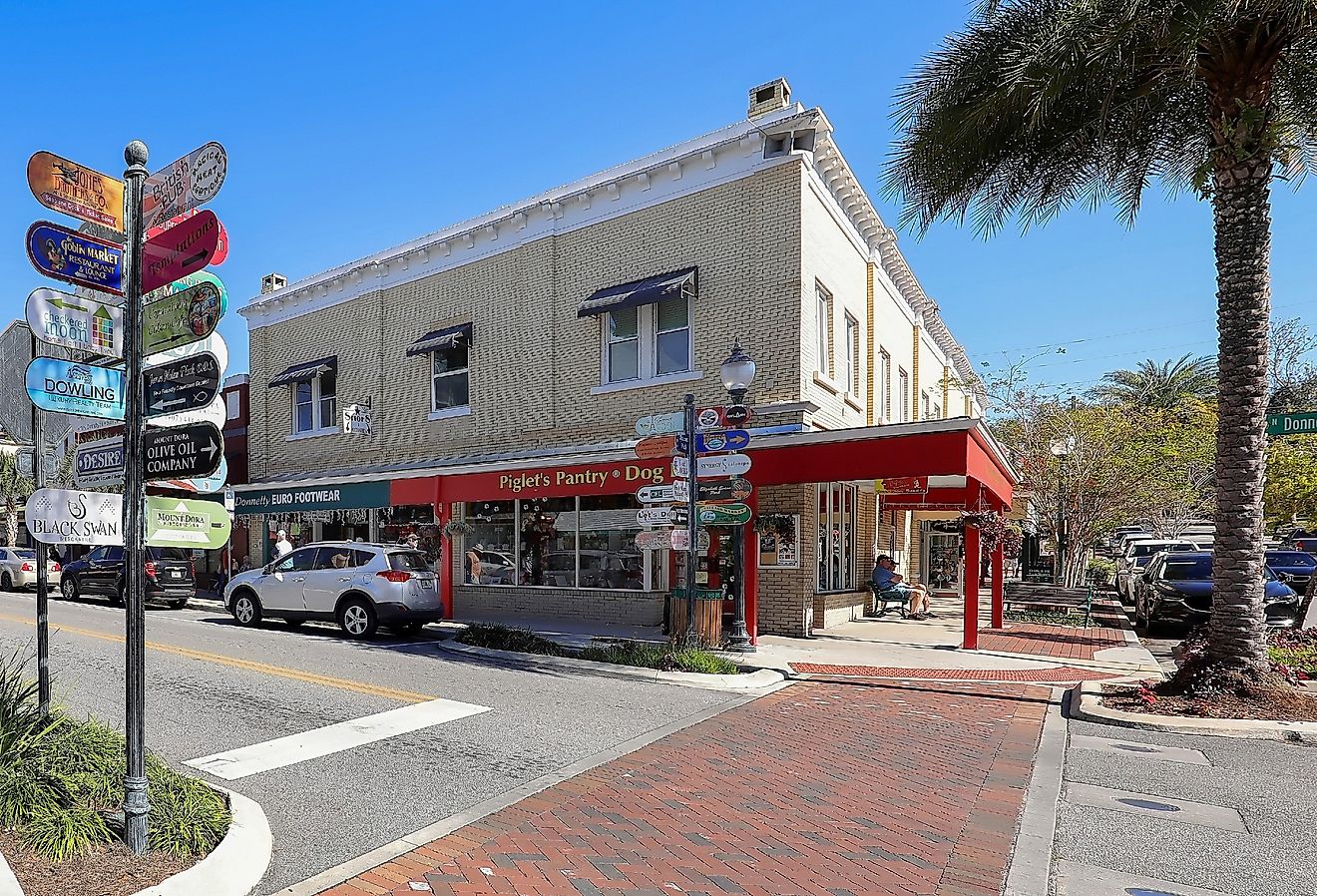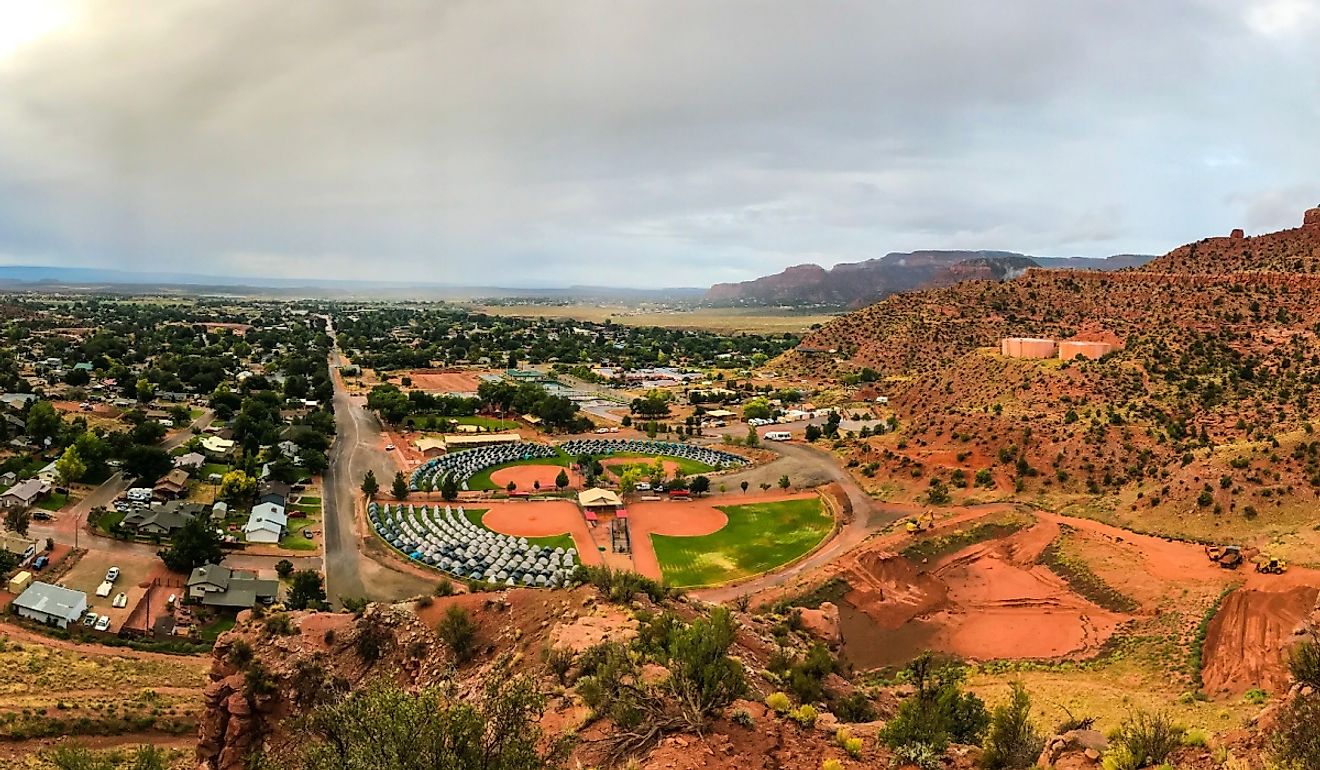
Troy, Michigan
Located in the Oakland County of Michigan, Troy is the county's most populous and the state's 9th most populous city. Being a northern suburb of Detroit, Troy is home to multiple financial services companies and automotive corporations, as well as a thriving retail sector that draws shoppers from throughout the region. The city is also home to branches of several colleges, along with other post-secondary educational institutions.
Geography And Climate Of Troy
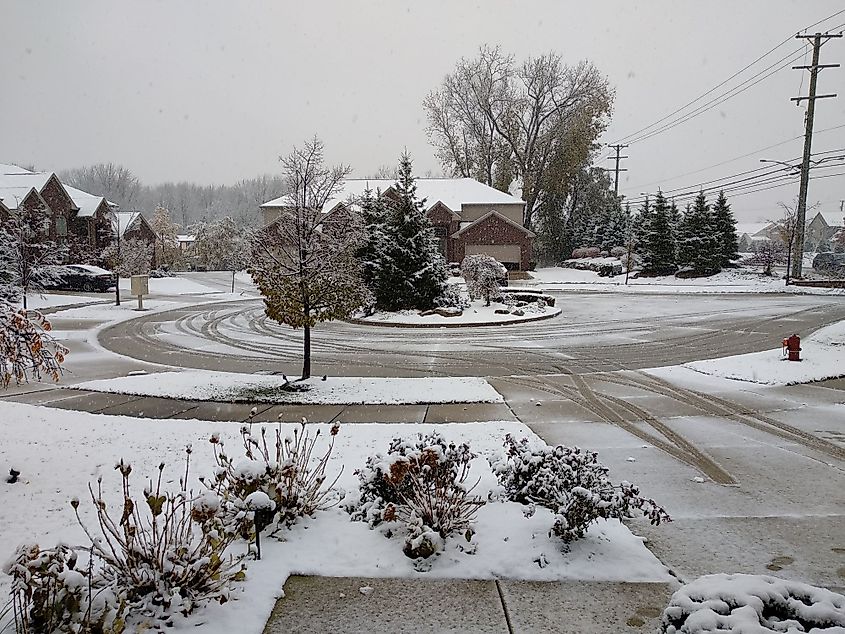
Troy covers a total area of 87.10 sq. km, of which 86.63 sq. km is occupied by land, and 0.47 sq. km is covered by water. The city is located approximately 25.7 km northwest of downtown Detroit and about 24 km northwest of Lake St. Clair.
According to the Köppen Climate Classification, Troy experiences a continental climate, with hot, humid summers and cold, snowy winters. The year's coldest month is January, with average highs of -1 °C and lows of -9 °C. The year's hottest month is July, with average highs of 28 °C and lows of 16 °C. The most precipitation falls between March and October, averaging 69.8 mm in June and 71.3 mm in September, resulting in often humid weather. The average annual rainfall is about 838 mm. The most snow falls in February, with an average of 122 mm. Winters are also windy, with average wind speeds of over 20 kph from December through March.
History Of Troy

Dating back 12,000 years, various tribes, now known as the Anishinaabe nations, occupied the area where Troy and the Detroit metropolitan area currently exist. These tribes first encountered French fur trappers in the 17th century, after Michigan was declared a French territory. After the French and Indian War in 1763, the area fell under British rule. Two decades later, the British ceded the territory to the Americans after the American Revolutionary War. The Potawatomi tribes found themselves in conflict with the European newcomers. In 1807, after years of conflict, with the Treaty of Detroit, the tribes ceded all the lands in the area.
The first recorded land purchase in Troy Township is dated 1919. Many early settlers came from New York and other eastern states, along with others who came via the newly opened Erie Canal and Great Lakes. Europeans first settled Troy in the 1820s in the Troy Corners area, which is now in the north-central part of the modern city. A man called Johnson Niles bought 160 acres of land, and the village was successful for a time.

However, a shortage of fresh water in the immediate area, and as the railroad was established in nearby Royal Oak, growth stalled, and Troy Corners remained a small town. In the early 1950s, the adjacent cities of Birmingham and Clawson annexed land that had previously been part of Troy. The moves lent urgency to a movement by local residents and politicians to incorporate Troy, which officially took place in 1955.
The city’s enormous growth since incorporation has largely been attributed to an exodus of people from the city of Detroit. The urban to the suburban phenomenon was widespread throughout North America during the mid-20th century but particularly acute in Michigan. Detroit was known for rising crime rates, street violence, and social tensions. The Interstate Highway System helped people to move out of the city and into the suburbs. The population of Oakland County overall increased by about 300,000 in the period between 1955 and 1980. Cheap land led to rapid development, both for residential and commercial properties. Selective recruitment of businesses and development has led to a city with an economy and social structure that has proved relatively stable and prosperous.
The Population And Economy Of Troy
By the 1840s, Troy Corners was a community of several hundred people. In 1955, at incorporation, Troy's population was 13,217. The latter half of the 20th-century charts a steady rise in population from 1960 at 19,402 to 1970 at 39,419. By 1980, it had grown again by more than 70% to 67,102. The 1980s, however, saw growth slowing. In 1990, the population stood at 72,884, rising to 80,959 in 2000. As the city of Detroit and many of its suburbs experienced a decrease in population in the 21st century, Troy stood nearly firm through the downturn, counting 80,980 in 2010. By 2020, growth had rebounded to 7.8% and 87,294 residents. Troy's population is culturally and ethnically diverse, mainly due to post-WWII immigration.
Troy Township was established as an agricultural community by the 1880s, known for dairy and wool production, as well as crops such as wheat, hay, corn, and fruits. Electric trolley service from Detroit served Troy from 1899 until 1931. Still, the city remained a small town centered on agriculture, without a downtown core, until after World War II, and was incorporated in 1955. During the 25-year period from incorporation in 1955 to about 1980, the new city government made a concerted effort to attract significant investment by businesses such as financial companies and automotive companies. Troy became a regional business and shopping center. In 2003, while the residential population stood at about 85,000, during the work week and business hours, it swelled to about 125,000.
Attractions In Troy

Somerset Collection mall is a large regional shopping mall located in Troy. It includes 180 retailers, along with restaurants and other entertainment, and attracts people from throughout the county. The Troy Historical Society maintains early settler homes and buildings in a historic village. The village includes ten historic structures that visitors can enter and examine, along with a blacksmith's shop, a schoolhouse, and others. The area's natural beauty has been preserved in the Lloyd A. Stage Nature Center. It incorporates approximately 100 acres of unspoiled land to explore, along with educational facilities for children to learn about the natural environment.
